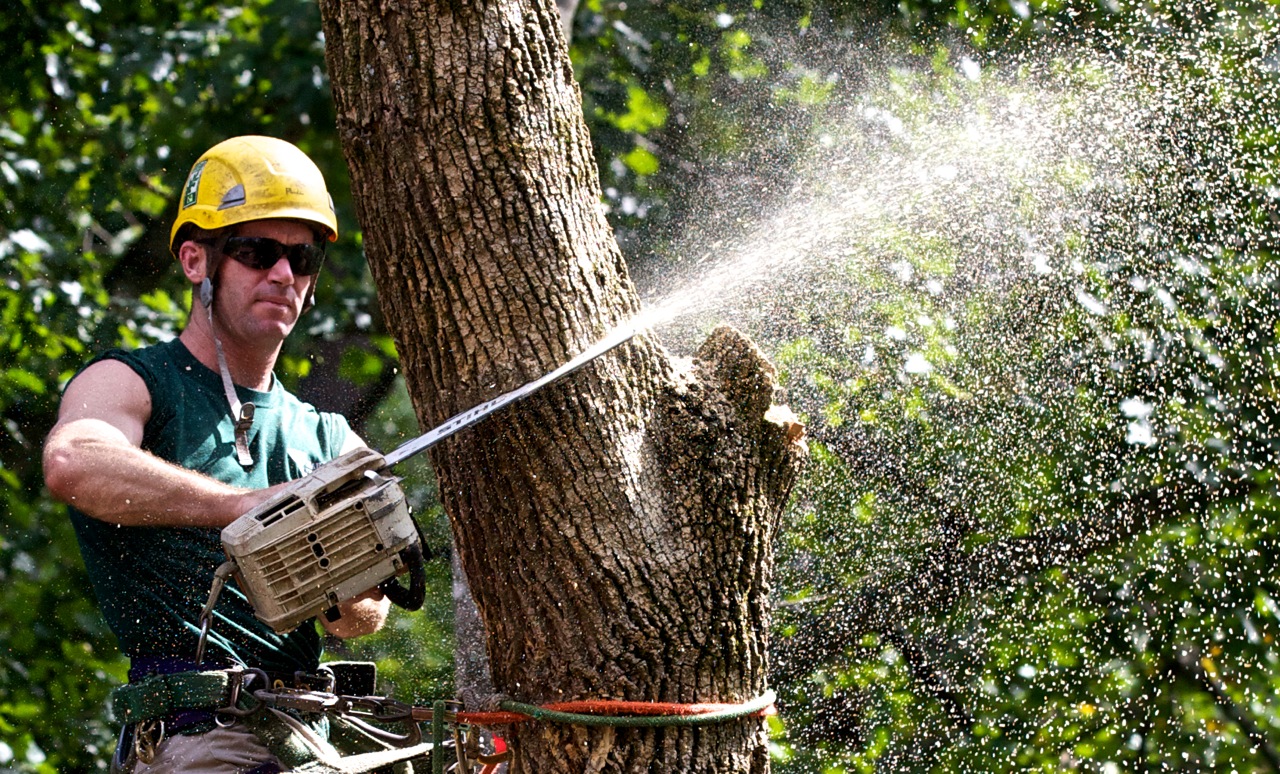Plants are vital to our environment, providing shade, beauty, and key support for animal life. However, like all living beings, they can succumb to infestations and illnesses that threaten their well-being and longevity. In this ever-evolving landscape, licensed arborists play an key role in ensuring our city and rural trees thrive. Their expertise not only helps recognize problems early on but also offers answers that can significantly impact the vitality of our living partners.
As we delve into the world of arborists, we will explore why hiring a certified expert matters, the science behind tree pruning, and the many ways arborists can prevent tree dangers. From understanding tree wellness to diagnosing illnesses, arborists hold a wealth of knowledge that benefits both single trees and whole landscapes. Whether you are a homeowner, gardener, or someone dedicated about tree care, comprehending the role of arborists is crucial to cultivating a healthy environment for our trees.
The Value of Certified Arborists
Licensed arborists play a critical role in ensuring the health and safety of trees. Their thorough training and expertise allow them to identify various tree species, grasp their specific needs, and recognize signs of stress or disease. This knowledge is vital for ensuring that trees continue to be healthy and can thrive in their environments. Without the assistance of a accredited professional, tree care can become a trial and error process, potentially leading to inadequate management and lasting damage.
In addition to promoting tree health, accredited arborists are equipped to assess hazards associated with trees. They analyze factors such as structural integrity, proximity to structures, and signs of decay or disease that may pose risks. Their ability to conduct thorough risk assessments ensures that homeowners and property managers can make informed decisions about tree maintenance and removal. By engaging a certified arborist, clients gain reassurance knowing that their trees are being managed by someone with the necessary qualifications and experience.
Moreover, accredited arborists are essential in advocating for eco-friendly tree practices. They stay informed about best management practices, new research, and innovations in tree care, which allows them to apply effective strategies tailored to local ecosystems. This commitment to sustainable management is crucial for preserving urban and rural landscapes, enhancing air quality, and supporting wildlife. By partnering with a accredited arborist, individuals contribute to a healthier environment for future generations.
Understanding Tree Wellness and Protection
The health and safety of trees are paramount to maintaining a thriving landscape. Trees provide countless benefits, including shade, aesthetic appeal, and shelter for wildlife, but when they become unwell, they can pose risks to people and surroundings. Arborists are skilled to recognize signs of distress, such as leaf discoloration, dying branches, or signs of pest invasion. Understanding these signals allows for proactive intervention, which can often restore tree wellness and prevent risks from increasing.

Safety is a critical concern when it comes to tree maintenance. Ill or injured trees may be more likely to fall or drop branches, especially during strong winds or storms. Arborists conduct comprehensive assessments to evaluate a tree's physical integrity and recommend appropriate actions, such as pruning or elimination. By engaging with a certified arborist, property owners can ensure that trees are maintained in a safe manner, minimizing the risk of injuries or accidents on their property.
Additionally, maintaining tree health through proper care not only improves safety but also contributes to the durability of the trees themselves. Arborists apply their skills in correct pruning techniques, pest control, and soil health to fortify trees against illnesses and environmental stresses. Regular evaluations and maintenance not only extend the life of trees but also enhance the visual and functional value of the surrounding landscape, ensuring a secure and enjoyable environment for all.
Opting for and Working with an Arborist
As you looking to employ an arborist, it's important to start with comprehensive research. Home page for certified professionals who have the necessary qualifications and experience in tree care. The International Society of Arboriculture accredits arborists, guaranteeing they hold the knowledge essential to manage tree health and safety efficiently. Reading online reviews and asking for recommendations from friends or family can offer valuable insights into a potential arborist’s reputation.
Once you've narrowed down a few arborists, it's essential to communicate your needs clearly. Discuss any specific concerns regarding your trees, be it health issues, risks, or potential landscaping plans. A good arborist will offer a comprehensive assessment and offer you with options tailored to your situation. Don’t be afraid to ask questions about their approach and the tools they use, as this can help gauge their extent of expertise.
In conclusion, set up a clear agreement on the scope of work and pricing before any work begins. It’s advisable to request a written estimate that outlines all charges to avoid misunderstandings later. Once retained, ensure open lines of communication throughout the process to ensure that the work aligns with your expectations. A professional arborist will maintain you updated about the progress and any necessary adjustments along the way.
